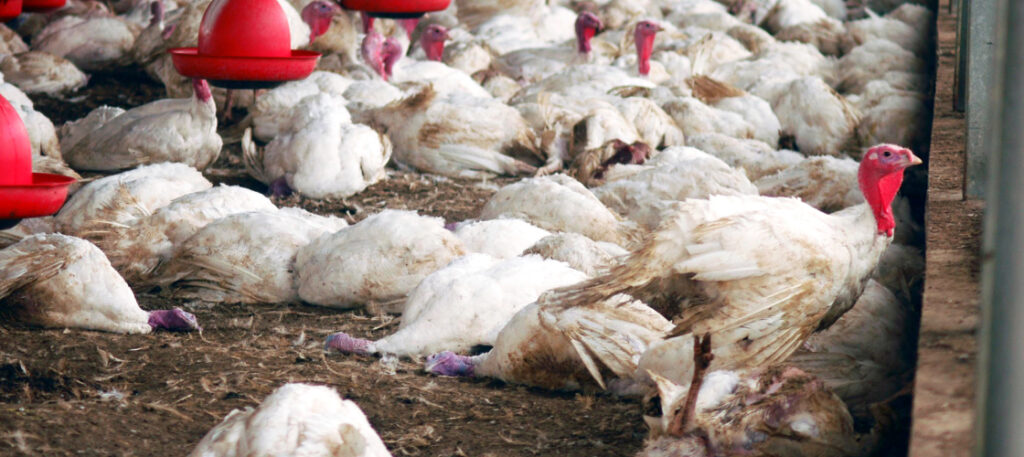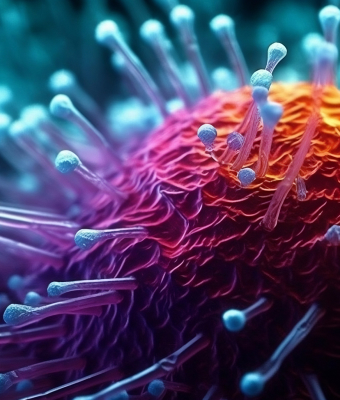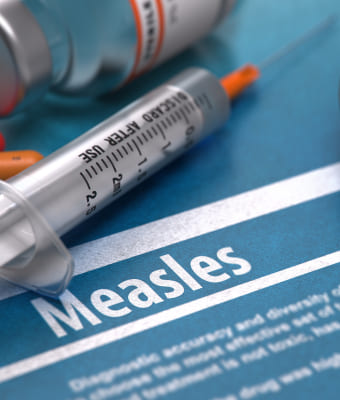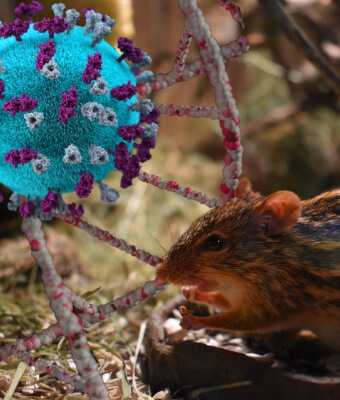The Situation
The recent discovery of bird flu in a Cambodian family has ignited concerns over the possibility of the virus spreading from human to human. Though experts have reassured the public that the risk is currently low, the detection of two cases within the same household highlights the need for continued vigilance.
Tragically, an 11-year-old girl from Prey Veng province lost her life to H5N1, a strain of the avian flu. Upon testing those who had been in contact with the victim, officials uncovered that the girl’s father had also contracted the virus. However, it remains uncertain whether the father’s case resulted from human-to-human transmission or from the family’s exposure to infected animals.
H5N1, commonly known as bird flu, is a contagious variant of the avian influenza A virus that can cause serious respiratory illness and death in birds.
The virus has been documented to cross species barriers, infecting not only birds but also humans and other animals. The WHO has warned that isolated human cases are to be expected due to exposure to infected poultry or contaminated environments.
As we navigate through the precarious landscape of global health, it is crucial to remain aware of potential threats and take proactive measures to safeguard our communities. While the next deadly pandemic may not be inevitable, it is our responsibility to stay informed and prepared.
What is the WHO Saying?
On Friday (February 24), the World Health Organization (WHO) expressed its deep concern about the growing number of avian influenza cases in humans.
Sylvie Briand, the WHO’s Director of Epidemic and Pandemic Preparedness and Prevention, stated that the organization is closely monitoring the situation and is working closely with the Cambodian authorities to stay informed about the latest developments, including updates on the health status of other individuals who had contact with the infected girl.
At a virtual press conference, Briand emphasized that it was still too early to determine if the virus had spread from person to person or if it was caused by environmental factors. She stressed the need for countries around the world to exercise heightened vigilance and implement appropriate preventive measures, given the widespread incidence of the H5N1 virus among birds and the increasing number of cases among humans and other mammals.
Can It Become a Pandemic?
According to WHO data, there have been 868 cases of human infection with the avian influenza A (H5N1) virus worldwide from January 2003 to January 5, 2023, with 457 resulting in fatalities. However, since the beginning of 2021, only six cases and two deaths have been reported.
To prevent rapid human-to-human spread, experts recommend closely monitoring mammal infections and gathering robust genome sequencing data. While sporadic human cases have been detected in some countries, the US CDC currently sees no evidence of human-to-human transmission.
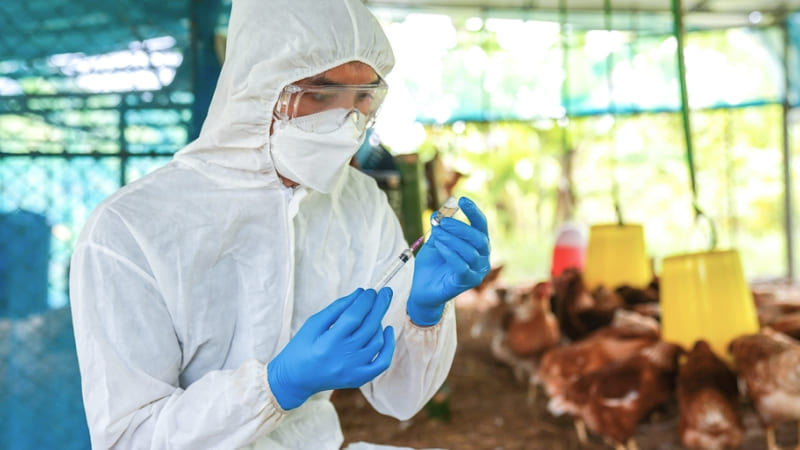
Is There a Vaccine?
Yes, there are vaccines for poultry against highly pathogenic avian influenza (HPAI), however, poultry farmers in many countries have been hesitant to use them for a few reasons. While vaccines can reduce death, they do not always prevent virus transmission. Even vaccinated birds must be monitored and tested, and suspected infections require quarantine and culling. Additionally, the efficacy of vaccines can quickly decrease due to rapid virus mutation, and vaccinating large flocks is expensive and time-consuming. Individual shots are often required.
The World Organization for Animal Health (WOAH) emphasizes that vaccination alone is insufficient to contain the spread of disease. It must be combined with other disease control measures such as culling, movement restrictions, and surveillance.
Are There Vaccines for Humans?
Vaccinating humans against bird flu is challenging as it’s unclear which virus variant can transmit from human to human. A general vaccine would not suffice unless the specific variant is identified. Additionally, the fast mutation rate of the virus makes it difficult to create effective vaccines against all variants.
Studies and clinical trials are in progress, including one published in the medical journal Science in 2022. This study demonstrated that a flu shot protected mice and ferrets against several strains of flu, including all 20 known subtypes of influenza A and B virus.
Reference
- WHO says avian flu cases in humans ‘worrying’ after girl’s death in Cambodia. [Cited: 28 February 2023]. Available at: https://www.theguardian.com/world/2023/feb/24/who-says-h5n1-avian-flu-cases-in-humans-worrying-after-girls-death
